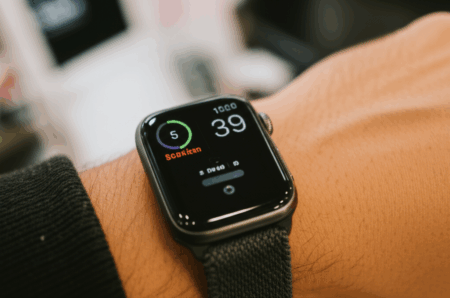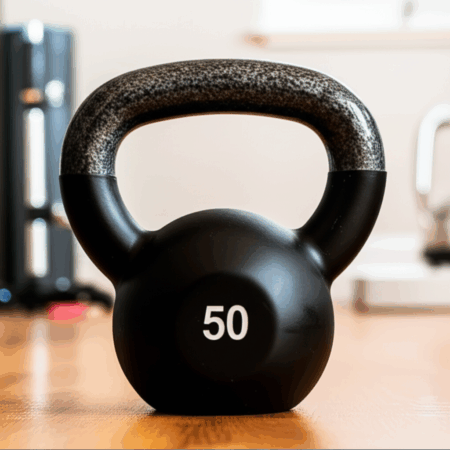In an era where personal well-being is paramount, staying committed to fitness goals can be a significant challenge. However, advancements in technology have revolutionized how both fitness professionals and everyday enthusiasts approach health, training, and accountability. From sophisticated wearables to AI-powered coaching platforms, a robust “tech stack” is now an indispensable part of a successful fitness journey, offering personalized insights, motivation, and unprecedented convenience.
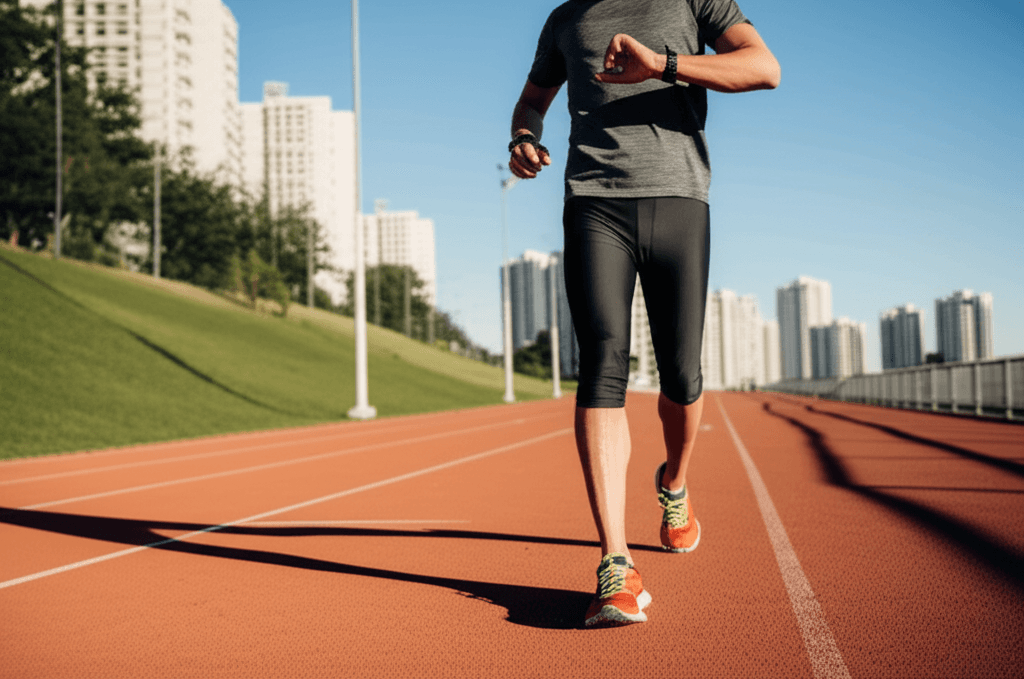
The Wearable Revolution: Tracking Every Move and Metric
Wearable fitness technology has transitioned from niche gadgets to mainstream essentials, providing real-time data that empowers users to understand their bodies and optimize their routines. These devices, including smartwatches, fitness trackers, biosensors, and smart rings, monitor a comprehensive array of physiological metrics.
Smartwatches and Fitness Trackers: Your All-in-One Health Companion
Devices like the Apple Watch, Fitbit, and Garmin are popular choices that offer a wide range of features beyond basic timekeeping. They track vital signs such as heart rate, calories burned, steps taken, distance covered, and even sleep quality and stress levels. Advanced models may also include GPS, ECG, HRV (heart rate variability), and blood oxygen (SpO2) monitoring.
- For Enthusiasts: These devices provide continuous feedback, helping users stay aware of their activity levels and strive to meet daily targets. The ability to see tangible progress and participate in gamified challenges or social sharing features enhances motivation and accountability.
- For Professionals: Fitness professionals leverage real-time data from wearables to tailor workout plans based on a client’s heart rate, caloric expenditure, sleep patterns, and recovery metrics. This allows for personalized training, remote monitoring, and continuous feedback, leading to better client engagement and outcomes.
Specialized Biosensors and Smart Clothing: Deeper Insights
Beyond wrist-based devices, more specialized wearables offer granular data for targeted analysis.
- Fitness Rings: Devices like the Oura Ring provide discreet, lightweight tracking of sleep, activity, and recovery, focusing on holistic wellness.
- Heart Rate Monitors (Chest Straps/Armbands): For serious athletes and those requiring high-accuracy heart rate data, chest straps and armbands (e.g., Polar, Myzone) offer precise readings during intense workouts, helping users stay within optimal heart rate zones for efficiency.
- Smart Clothing: Garments embedded with sensors can track muscle engagement, posture, and breathing patterns, providing detailed feedback on form and technique, particularly useful for activities like yoga or high-performance sports.

The Power of Apps: Personalized Coaching, Tracking, and Community
Mobile applications have become a cornerstone of the fitness tech stack, offering everything from personalized workout plans and nutrition guidance to progress tracking and community support.
Workout Tracking and Planning Apps
These apps streamline the exercise experience by allowing users to log workouts, plan routines, and monitor progress over time. Popular examples include Jefit, Strong, Hevy, and Strava.
- Logging and Progress: Users can record details like weights lifted, repetitions, and exercise duration, seeing improvements in form and performance. Apps like Jefit feature extensive exercise databases and allow for customized workout plan creation.
- Motivation and Accountability: Detailed progress tracking, often visualized through charts and metrics, keeps users motivated. Many apps also offer social features, enabling users to share workouts and progress with friends or join challenges, fostering a sense of community and accountability.
- For Professionals: Trainers use these apps as a central hub to create and assign training programs, track client progress from a single dashboard, and make adjustments as needed. This automation frees up time for coaches to focus on client support and business growth.
Nutrition and Diet Tracking Apps
Managing dietary intake is crucial for fitness goals, and apps like MyFitnessPal help users track calories, macronutrients, and receive dietary and workout suggestions based on their activity levels and goals. AI algorithms in some apps can even create customized meal plans based on dietary preferences and allergies.
Virtual and On-Demand Training Platforms
The shift towards at-home workouts and virtual coaching has led to the rise of platforms offering live and on-demand fitness classes.
- Accessibility and Variety: Services like Apple Fitness+, Peloton App, and Aaptiv provide a vast library of workouts across various disciplines (HIIT, strength, yoga, cycling, running), accessible anytime, anywhere. This offers unparalleled convenience, allowing users to fit exercise into their schedules and explore different modalities.
- Personalized Coaching: Many platforms integrate AI to provide personalized coaching, real-time feedback on form, and adaptive goal setting. Virtual trainers can guide users through exercises, adjusting intensity and routines to maximize results and prevent injuries.
- For Professionals: Online personal training software (e.g., Everfit, PT Distinction, WeStrive, QuickCoach, Echelon Coach) allows fitness professionals to manage clients, deliver personalized programs, and offer nutrition and habit coaching remotely. These platforms provide tools for flexible program design, live data feeds, and smart automation, enhancing service provision and client outcomes.

The Intelligence Layer: AI and Data Analytics for Optimization
The integration of Artificial Intelligence (AI) and data analytics is profoundly transforming the fitness industry, moving beyond simple tracking to offer highly personalized, predictive, and adaptive experiences.
Personalized Training Programs and Real-Time Feedback
AI algorithms analyze extensive user data, including age, weight, fitness level, goals, and performance metrics from wearables, to develop tailored exercise routines.
- Optimized Workouts: AI can adapt plans in real-time, providing instant feedback on form, technique, and posture through pose tracking technology. This ensures users maintain proper form, reduces injury risk, and optimizes workout effectiveness.
- Adaptive Goal Setting: AI dynamically adjusts fitness goals based on user progress and feedback, setting realistic and achievable milestones.
- Predictive Analytics: By analyzing historical data, coaches can identify patterns and trends to predict a client’s future performance and outcomes, enabling proactive adjustments to training programs.
Monitoring Recovery and Preventing Injury
AI-powered sensors in wearables can learn and adapt to a wide variety of movements, offering highly personalized fitness tracking. They can analyze physiological data to provide insights into recovery, strain, and sleep quality, offering recommendations on when to rest, train, or modify workouts. This is crucial for preventing overtraining and injuries.
Enhanced Client Engagement and Retention
For fitness professionals, data analytics provides actionable insights that improve client engagement. By tracking progress and providing meaningful feedback, coaches can celebrate client achievements, keeping them motivated. Data can also reveal when a client is at risk of dropping out, allowing for timely intervention and personalized support, thereby improving retention rates.
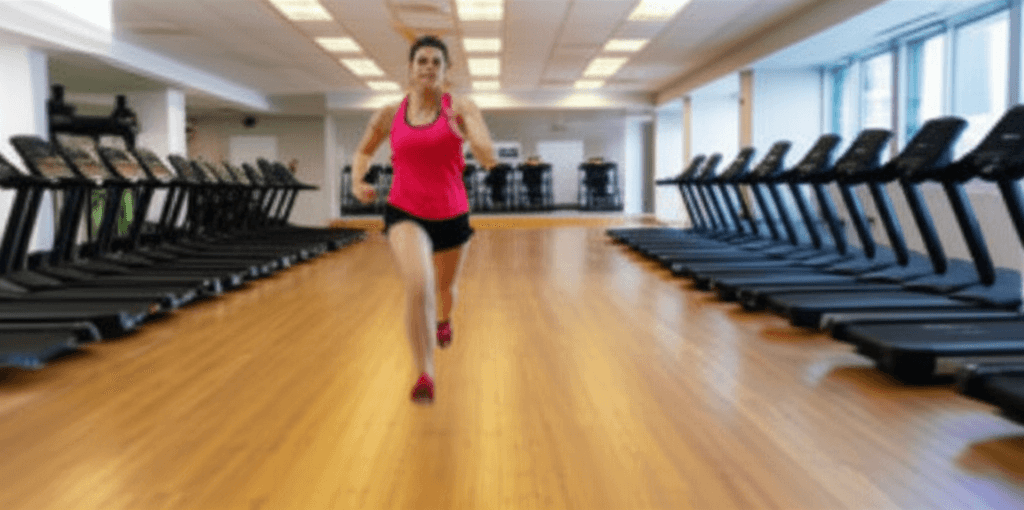
Emerging Technologies: The Future of Fitness
The rapid evolution of technology continues to introduce innovative ways for fitness professionals and enthusiasts to stay on track.
Virtual Reality (VR) and Augmented Reality (AR) Fitness
VR and AR are transforming workouts into immersive and gamified experiences. Users can “travel” to scenic locations, participate in virtual challenges, or engage in interactive games that make exercise more enjoyable and motivating. As VR technology improves, it could allow for social integration and advanced biometric tracking within virtual environments.
Smart Home Fitness Equipment
Connected fitness equipment, such as smart treadmills, bikes, and strength training systems (e.g., Tonal, Peloton), integrate seamlessly with apps and AI to offer interactive, personalized workouts at home. These systems can adjust resistance automatically, track performance, and provide a guided training experience.
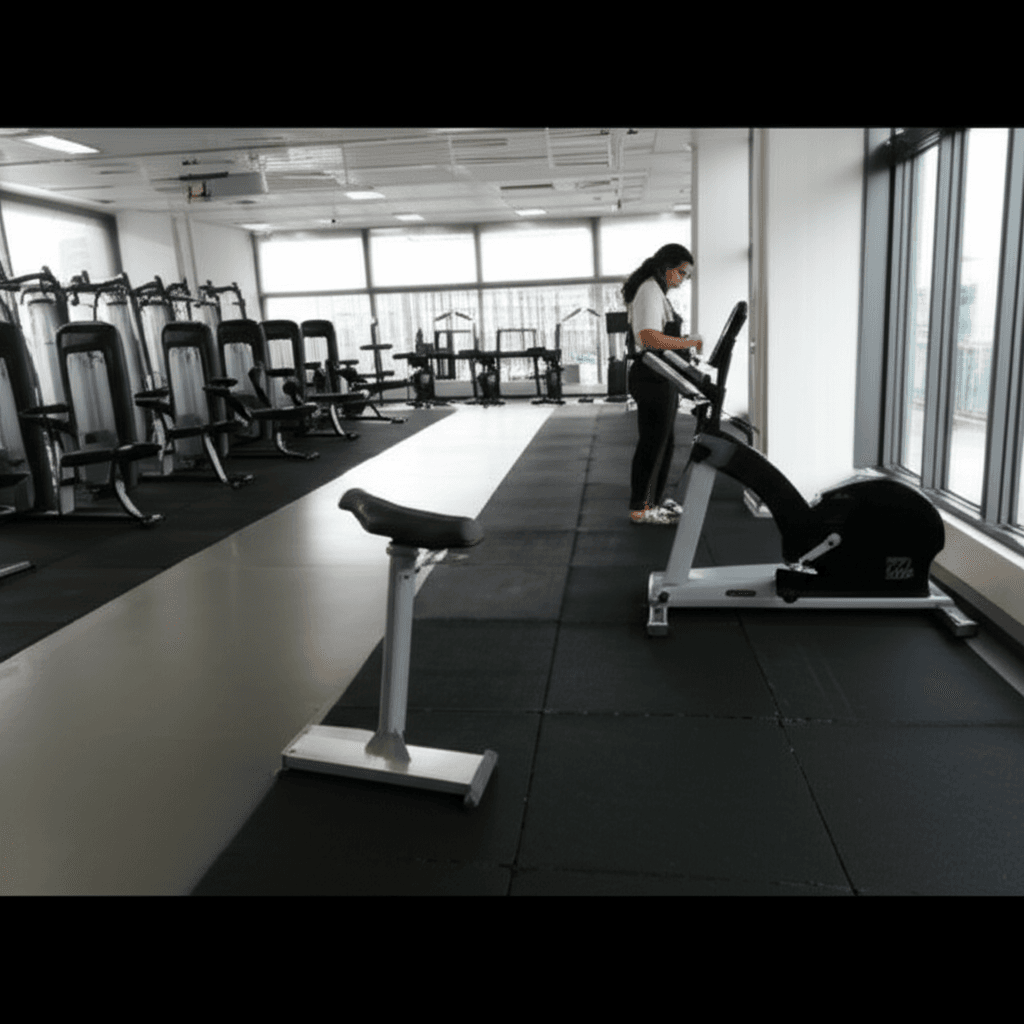
The Bottom Line: A Synergistic Approach
The “stack” of technology available today—from wearable devices and comprehensive apps to AI-driven analytics and immersive virtual experiences—has fundamentally reshaped the fitness landscape. For fitness enthusiasts, these tools provide unprecedented access to personalized data, expert guidance, and motivational support, making fitness journeys more engaging and attainable. For fitness professionals, technology streamlines client management, enhances coaching efficacy through data-driven insights, and expands their reach through virtual platforms.
While technology cannot replace the human element of motivation and personalized support entirely, it serves as a powerful enhancer, creating a synergistic environment where individuals are better equipped than ever to stay on track, achieve their fitness goals, and lead healthier, more active lives. Embracing this tech stack is no longer an option but a necessity for anyone serious about optimizing their health and fitness in the modern world.





